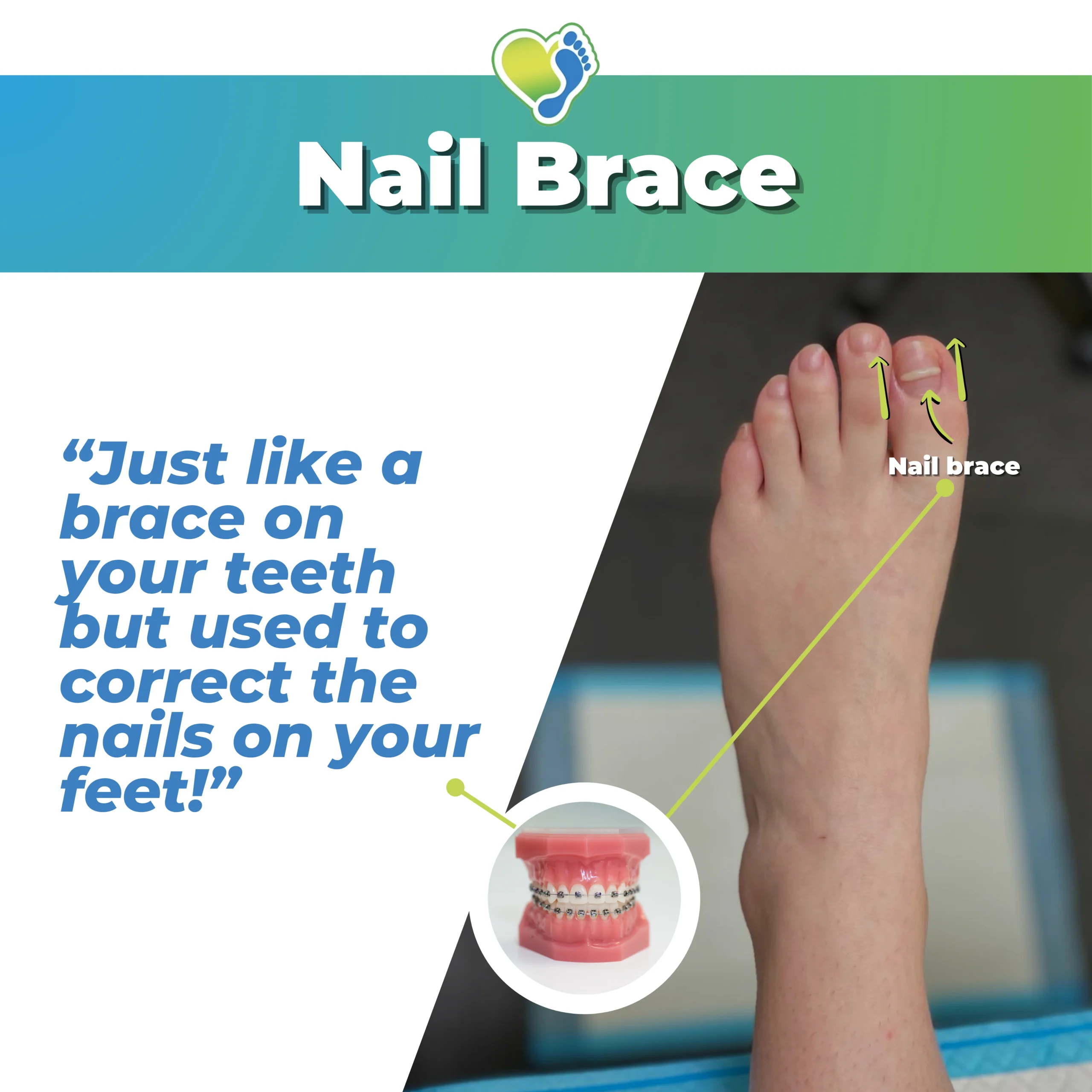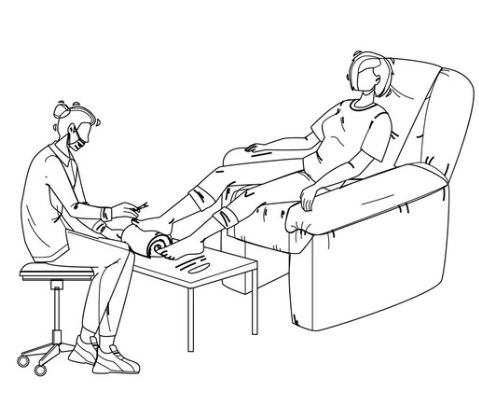- Need Help?
- office@tampapodiatrists.com
- (813) 412-0653
- (800) 870-2271
- Monday, Tuesday, Thursday: 8:30 AM - 3:00 PM
Ingrown Toenails
Ingrown toenails can form when the side of a toenail begins to grow into the flesh surrounding the nail. As a result, the affected toe—most commonly the big toe—may become red, swollen, painful, and—in severe cases—infected.

In our office, we do 2 different procedures in treating ingrown toenails.
- Surgical procedure, where we remove the nail border and either choose to chemically kill the cells that makes the nail so the nail doesn’t
grow back or allow the nail to grow back on its own and hope that it doesn’t become ingrown again. - Dr. Beckford offers an alternative procedure that does not involve any needles and anesthesia, which is a nail brace that aids in gently realigning the nail and relieving strain on the skin around it. It reduces the pain and suffering brought on by ingrown toenails and encourages strong and healthy nail development.
“Just like a brace for the teeth but used to
correct the nails on your feet!”
If you are someone who has diabetes, it’s extremely important to remain mindful of ingrown toenail prevention, as minor cuts or simple scrapes can lead to serious complications. You can prevent ingrown toenails by ensuring toenails are straight across and at a moderate length, wearing shoes that fit properly, and checking feet daily for signs of foot issues.
Treatment for an ingrown toenail will vary on a case by case basis. One form of treatment requires lifting the ingrown nail and placing a splint or piece of cotton underneath. Another method for a more severe case would involve partially removing the nail. For cases that need extreme care, the nail itself and tissue would have to be removed.
If you’d like more information about ingrown toenails, we recommend you consult with a podiatrist who can give you a proper diagnosis and go over your treatment options.

Patient Testimonials

Dr. Janale Beckford, Doctor of Podiatric Medicine (DPM), practices in the Tampa Bay area. Dr. Beckford specializes in foot and ankle surgery, as well as treating other foot and ankle conditions.
- Monday, Tuesday, & Thursday: 8:30 AM - 3:00 PM | Wednesday: Surgery and LASER Clinic Only | Friday, Saturday and Sunday: CLOSED
Quick Access
Our Office
- 10549 North Florida Ave., Suite H, Tampa, FL 33612
- (813) 412-0653
- (800) 870-2271
- office@tampapodiatrists.com
Copyright 2024 © Tampa Podiatrists foot & ankle surgeon. All Rights Reserved.